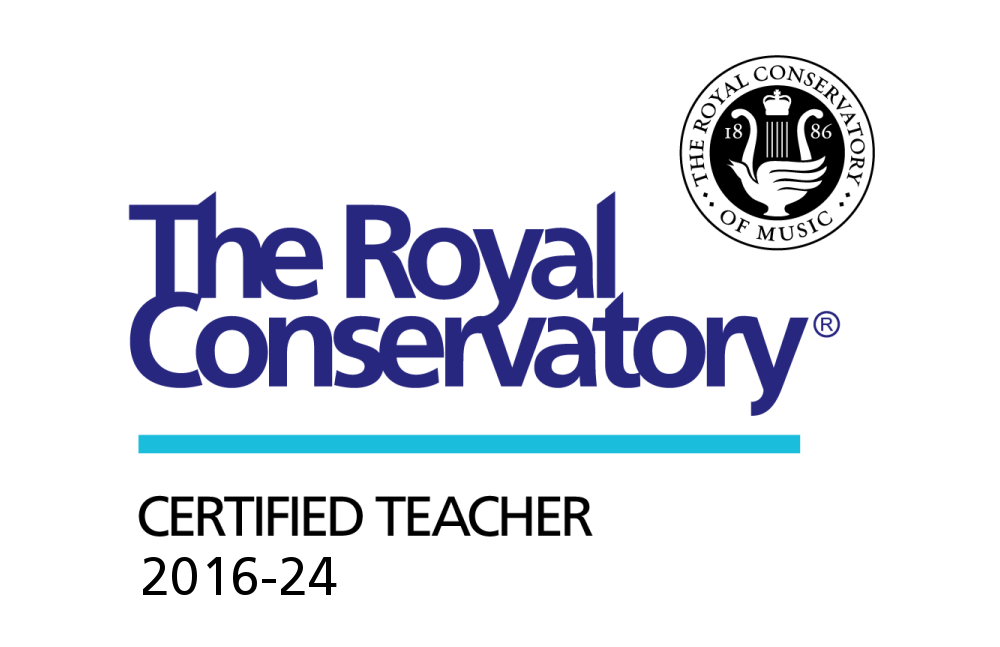Four Tips For Fall And Winter Instrument Care
/Ah, fall . . . vivid colours, crisp apples and a brisk nip in the evening air. It’s a beautiful time of year, and as you pull your favorite sweater out of the closet, it’s also important to think about how seasonal changes in the weather can affect your violin. Humidity and temperature changes can occur quite rapidly during seasonal transitions, so it’s important to keep a watchful eye on your instrument for signs of distress. Here are a few helpful things to keep in mind as we head into the fall and winter months.
1. Store your instrument in a room that has relatively consistent temperature and humidity levels.
Shifts in changing temperature and humidity cause the wood of your instrument to expand and contract. Heat and humidity cause the wood of your instrument to expand while cold and dryness will cause it to shrink or contract. Winter is the most dangerous season for instrument health because of the extreme cold and dryness. The most common damages that can occur when an instrument is not properly stored are cracks and seam openings. It’s best to store your instrument in an environment that is between 60-70 degrees Fahrenheit, and 40-60% humidity.
2. NEVER leave your instrument in the car.
This is an important rule to follow year round, not only for the health of your violin, but also for security reasons. Leaving your violin in the car exposes it to prolonged periods of extreme hot and cold temperatures. In addition, the fast acclimatization that occurs when you bring your instrument back inside is not healthy for your violin either. In many cases, this prolonged exposure and fast acclimatization is what causes violins to go so drastically out of tune.
3. Purchase a humidifier for your case.
Instrument case humidifiers come in all shapes and sizes and are essential to the health of your violin, especially if you live in a dry climate. It is a good idea to check the moisture level of your humidifier at least once a week, twice a week during periods of cold and dry weather. Investing in a simple hygrometer for your case can also help you to monitor and regulate humidity levels. In the event of extreme winter dryness, you many want to consider investing in a small humidifier for your home in addition to the humidifier you have in your case. It’s important to keep in mind that not only do you need to counteract the natural decrease in humidity that happens in the winter, but also the additional dryness caused by radiators and heaters. The cost of a small humidifier is minimal in comparison to the cost of repairing cracks or seam openings on your instrument.
4. Check your instrument over on a regular basis for cracks, seam openings and other signs of seasonal related distress.
If you spot a crack or seam opening take your instrument to a luthier for repairs as soon as possible. Small openings and cracks can usually be repaired relatively quickly and inexpensively. However, when small issues are not addressed, they can turn into big issues with a repair bill to match. Do yourself, your violin and your bank account a favour by staying on top of small repairs - even if they don’t seem like a big deal at the time.
Interested in more instrument related tips? Check out 11 Helpful Tips For Buying Your First Violin.





